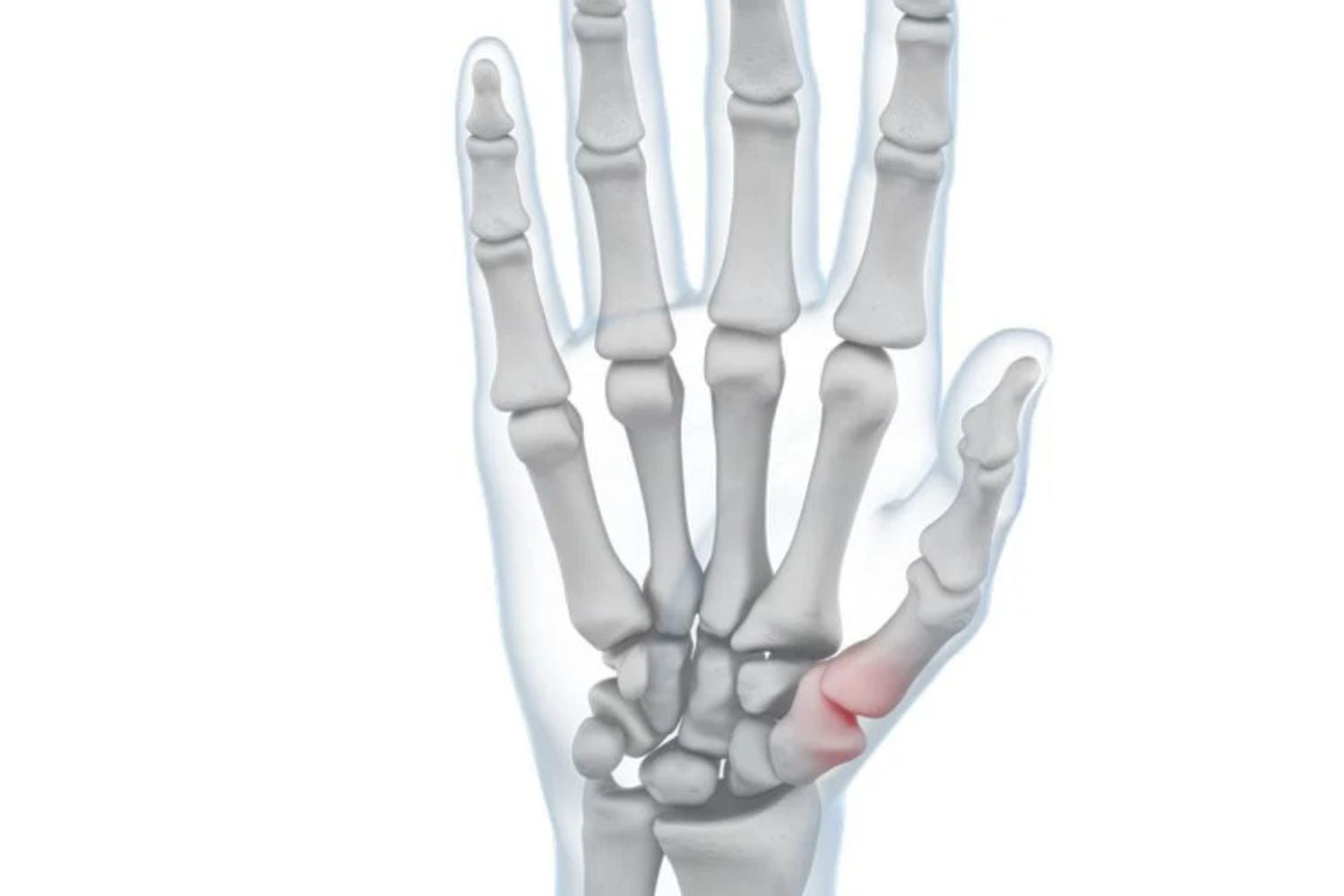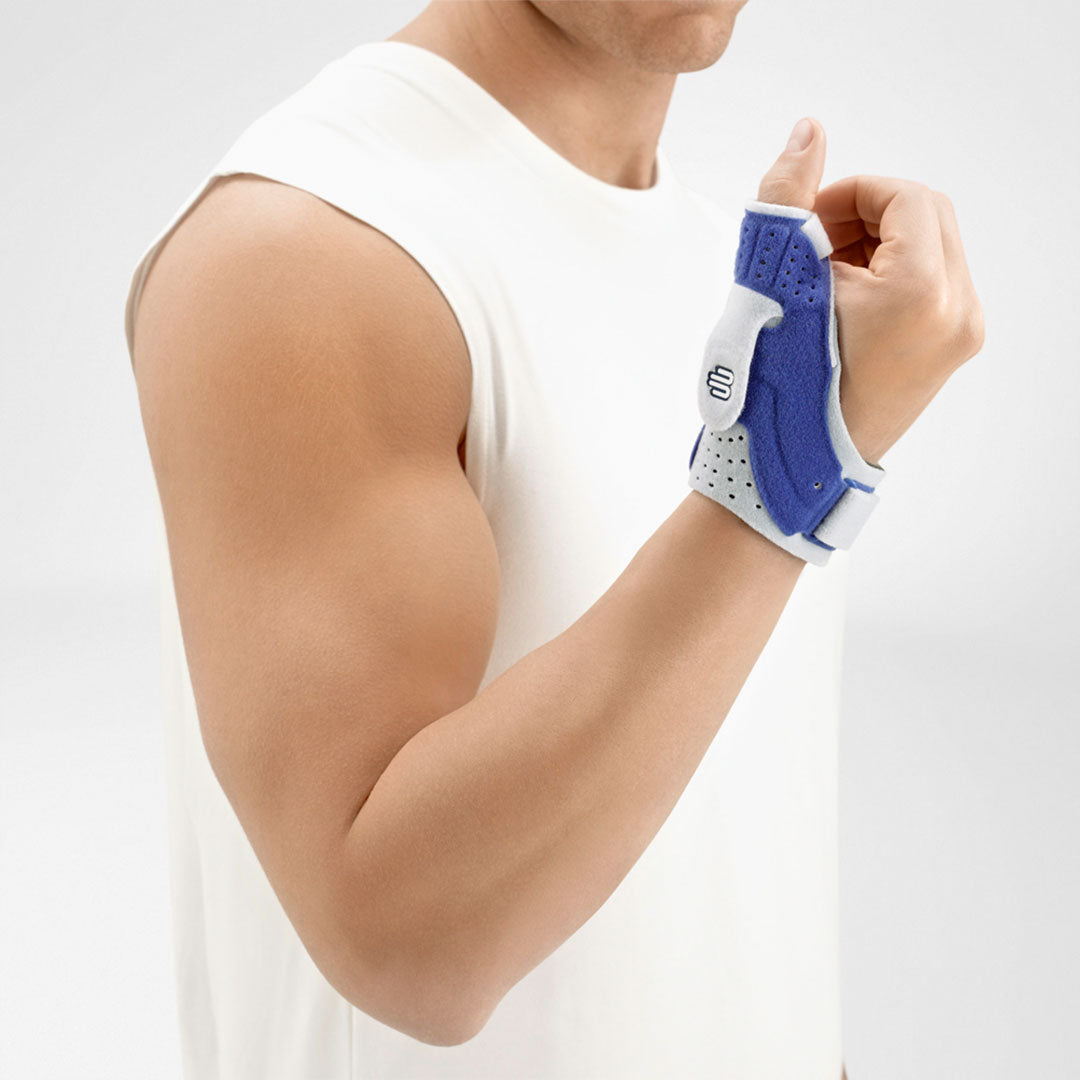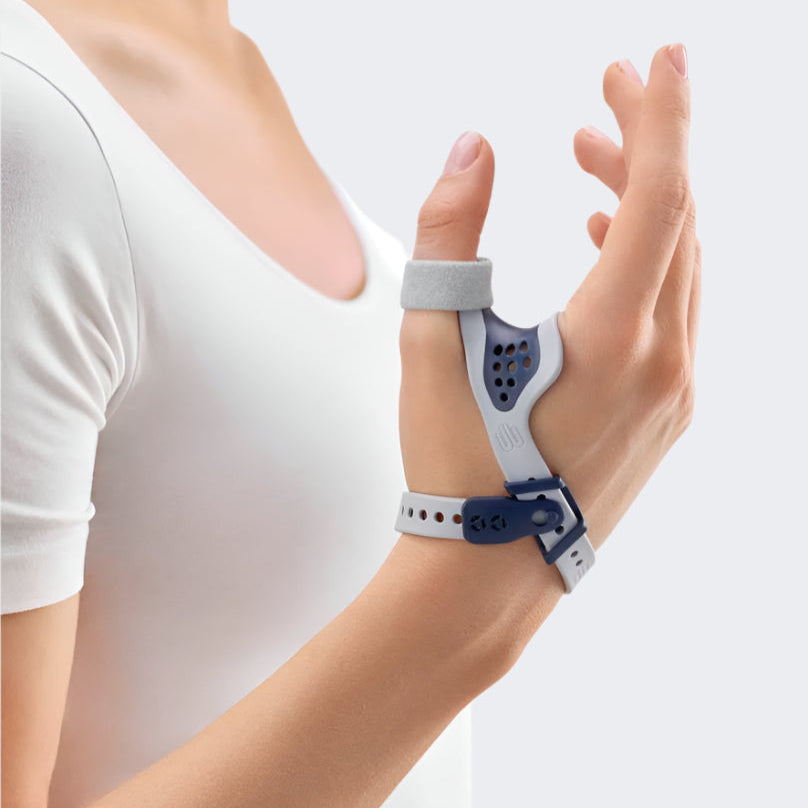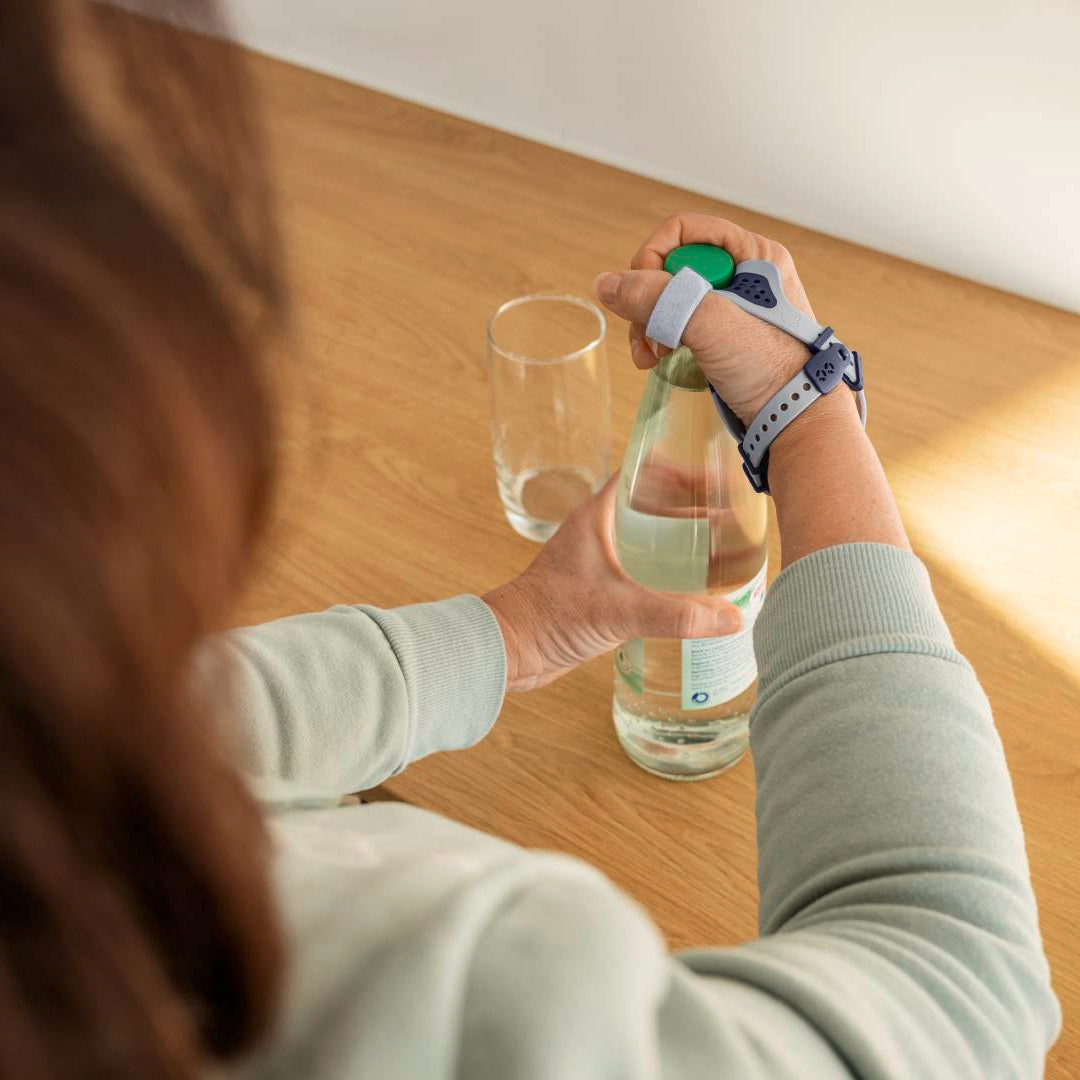The thumb joint is one of the most crucial joints in our hand and is responsible for a wide range of functions. From lifting, gripping, grabbing, pushing and most other hand movements, this joint is essential to almost all of our tasks in everyday life.
Damage or degeneration of the thumb joint can severely impact a patient’s quality of life, causing pain and discomfort in milder cases. However, as the condition progresses, the symptoms get significantly worse and can severely restrict the mobility of the thumb and, by extension, the whole hand.
Causes of Pain in the Thumb Joint Area
The thumb joint is one of the most stressed joints in the body. It is used in almost all movements involving the hands. Some of the more common factors that can lead to damage or degeneration of the thumb joint include:
- Intense activity involving hands. Physical labourers and office workers who spend a lot of time using their hands at work tend to overstress the thumb joint, leading to increased risk of pain in the thumb joint. This is common among people working in IT, as well as electricians and mechanics.
- Prolonged, repeated movement, such as prolonged use of a mobile phone, has been proven to increase the risk of developing pain in the thumb.
- Accidentally overstretching the thumb joint beyond the natural range of movement can lead to increased stress on the joint. Spraining the thumb this way is most common in ball sports.
- Injury or trauma can lead to fractures in the thumb joint, which can lead to intense pain and discomfort.
- Rupturing the side ligament of the thumb, also known as ski thumb, is particularly common in skiers.
- Inherent genetic conditions can also increase the risk of developing pain in the thumb joint. Tendonitis and rheumatic disease are known to increase the risk of this condition.
- A highly acidic diet, sometimes caused by high meat consumption, can lead to calcium leaching from the bones. This leads to weaker bones and an increased risk of damage.
Pain in the Thumb Joint Diagnosis
A medical professional (usually a GP or Physiotherapist) conducts a full physical examination of the affected joint. Sophisticated imaging technology, such as X-rays or ultrasounds, is used to locate the part most affected.
The doctor can then advise on how much restriction of movement is required. A complete picture with as much information as possible allows the practitioner to recommend the most effective treatment path.
Prevention of Pain in the Thumb Joint
Incorporating some diet and lifestyle changes can go a long way in preventing the condition and its progression. Nutrition has a huge role to play in this.
Avoiding certain acidic foods, such as dairy products and excessive meat consumption, can significantly improve bone density and help prevent pain in the thumb joint. This is best done by talking to a GP or nutritionist/dietitian.
Recognising and avoiding repeated strenuous activity, such as prolonged mobile phone use (particularly as phones become larger), can go a long way as a preventative measure.
Treatment for the Pain in the Thumb Joint Area
Treatment for pain in the thumb depends entirely on the severity of the condition. A good guideline to follow can include:
Prescribed Physiotherapy
Regular exercise can help strengthen the thumb to prevent and treat pain. The targeted muscle building can help restore mobility in progressive cases and alleviate symptoms, accelerating healing. Remedial massage can also soothe irritation in the joint.
In cases of inflammation, cryotherapy or cold application is highly advised. Cold blankets and ice packs can prove effective in controlling swelling and providing relief. This is best done in conjunction with a physio.
Painkillers
When thumb pain is present and you are already treating it with other options, you can use anti-inflammatory pills, if directed by your doctor, to help ease the symptoms. However, this should not be done long-term, and continued use of painkillers can lead to adverse side effects and merely mask the pain.
Medical Thumb Braces and Supports
RhizoLoc Thumb Stabiliser
A medical thumb splint can be highly effective in both preventing and treating pain in the thumb.
Regular use of a medical brace, such as the RhizoLoc Thumb Stabiliser or RhizoLoc OA from Bauerfeind, can reduce the stress on the thumb joint during daily activities.
The breathable fabric makes it perfect for use throughout the day and sports, reducing the risk of injury due to overloading or straining.
The RhizoLoc utilises an adjustable anatomic splint, making it ideal for all treatment paths. This prevents any errant movement and provides much-needed stability to the thumb.
The brace has been designed to fit perfectly and encourage healthy proprioception. It is ideal for treating thumb joint pain at any stage and is highly comfortable for all-day use.
The RhizoLoc OA also features a thumb splint to support the joint, but its more open design is better suited to thumb osteoarthritis.





















